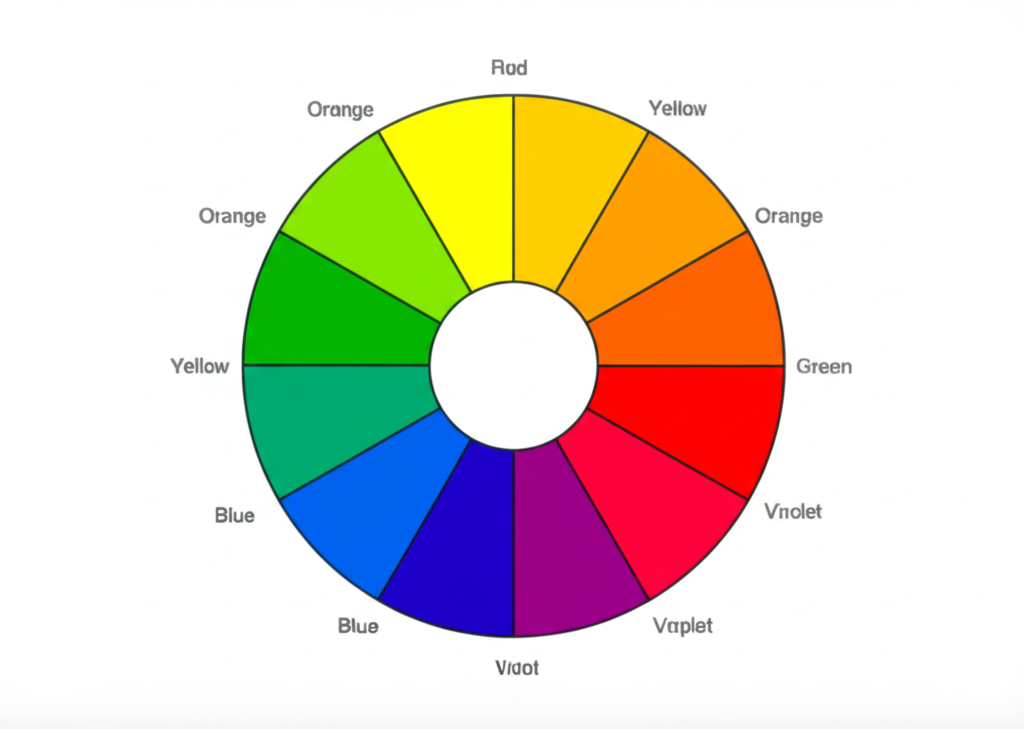Visualize how images appear to people with different types of color blindness
Drag and drop an image here, or click to select
Supports JPG, PNG, GIF, WebP
Click on the image below to see how it appears to people with different types of color blindness.



Color blindness, or color vision deficiency, affects approximately 1 in 12 men (8%) and 1 in 200 women (0.5%) worldwide. It is primarily a genetic condition, though it can also result from eye, nerve, or brain damage, or exposure to certain chemicals.
Color blindness is typically categorized into three main types:
When designing websites, applications, or visual content, consider these best practices:
This simulator helps you understand how your images and designs appear to people with different types of color blindness, allowing you to create more inclusive and accessible visual content.
Each deficiency uses a standard 3×3 color transformation matrix applied in linear sRGB space. The severity slider blends the transformed colors with the original image to illustrate partial deficiencies.
We use cookies to enhance your browsing experience, serve ads, and analyze our traffic. By clicking "Accept All", you consent to our use of cookies.